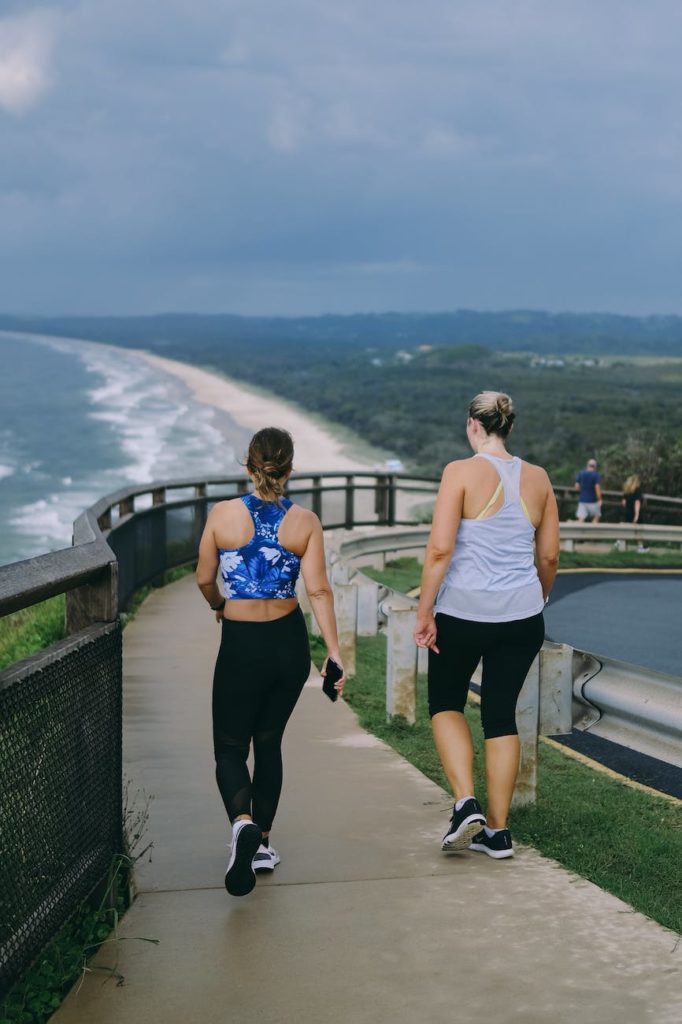Exercise And Sleeping Better
The amount of physical exercise that you exert during the day is one of the key ingredients to help you get a good sleep at night. The more active your body is during the day, the more likely you are to relax at night and fall asleep faster.
With regular exercise, you’ll notice that your quality of sleep is improved and the transition between the cycles and phases of sleep will become smoother and more regular. By keeping up your physical activity during the day, you may find it easier to deal with the stress and worries of your life.
Research and studies indicate that there is a direct correlation between how much we exercise and how we feel afterward.
You should try and increase your physical activity during the day. The goal here is to give your body enough stimulation during the day so that you aren’t full of energy at night.
Your body requires a certain amount of physical activity in order to keep functioning in a healthy manner. It is also important to note that you should not be exercising three or four hours before you go to bed.
The ideal exercise time is in the late afternoon or early evening. You want to make sure you expend your physical energy long before it is time for your body to rest and ready itself for sleep.
You should attempt to exercise at least three or four times a week for a period of 30 minutes or so. You can include walking or something simple. If you prefer, you can include strenuous activities such as running as well.
The goal here is to increase your heart rate and strengthen the capacity of your lungs. Adding a regular exercise activity to your daily schedule will help you to improve your overall health and help you emotionally as well.
Along with running and walking, there are several other physical activities that you can add to your daily life to increase your level of physical activity. If you are battling not sleeping, you’ll find aerobic exercise to be the best.
Your goal with exercise is to increase the amount of oxygen that reaches your bloodstream. Overall, there are many types of aerobic exercise for you to choose from. The activities include running, biking, using a treadmill, dancing, and jumping rope.
There are some non-aerobic exercises that you may find beneficial to help you solve your amnesia problem.
Yoga
Yoga is an exercise that has a stimulatory effect on your nervous system, especially the brain. Yoga utilizes breathing techniques and yoga postures to increase blood circulation to the brain, promoting regular and restful sleeping patterns. The regular practice of yoga will help you to relax as well as relieve tension and stress.
Tai Chi
Tai Chi is an ancient art of breathing and movement that was developed by Chinese monks. The movements involved are slow and precise, which is ideal if you have joint pains or you are unable to participate in high aerobic exercises. Research has shown that Tai Chi can help with insomnia by promoting relaxation.
If you discover that you don’t have any time to exercise on a regular basis, you should try to sneak moments of activity into your schedule. Whenever possible, you should take the stairs instead of the elevator, as little things like that will do wonders for your body.
You should also park your car around the corner and walk that extra block or two to get to your destination. As you may know, there are many small things you can add to increase the activity in your life. Your overall goal here is to have a healthy and well-balanced life – with plenty of sleep.
DISCLAIMER:
This information is not presented by a medical practitioner and is for educational and informational purposes only. The content is not intended to be a substitute for professional medical advice, diagnosis, or treatment. Always seek the advice of your physician or other qualified healthcare providers with any questions you may have regarding a medical condition. Never disregard professional medical advice or delay in seeking it because of something you have read.
Since natural and/or dietary supplements are not FDA-approved they must be accompanied by a two-part disclaimer on the product label: that the statement has not been evaluated by FDA and that the product is not intended to “diagnose, treat, cure or prevent any disease.”





